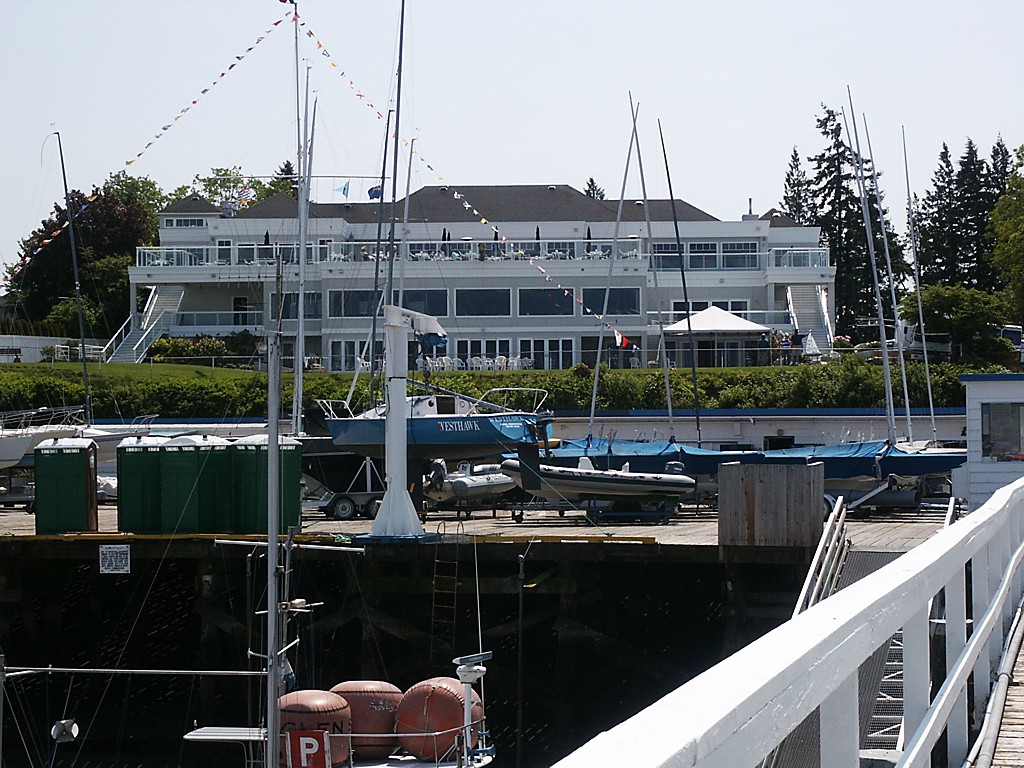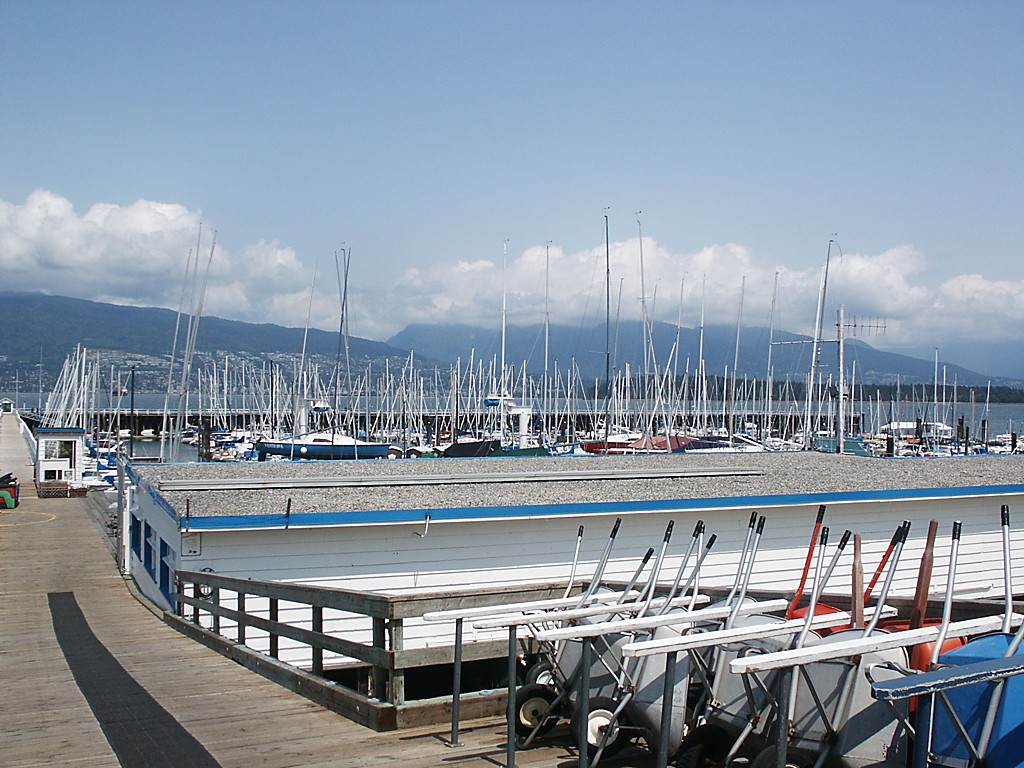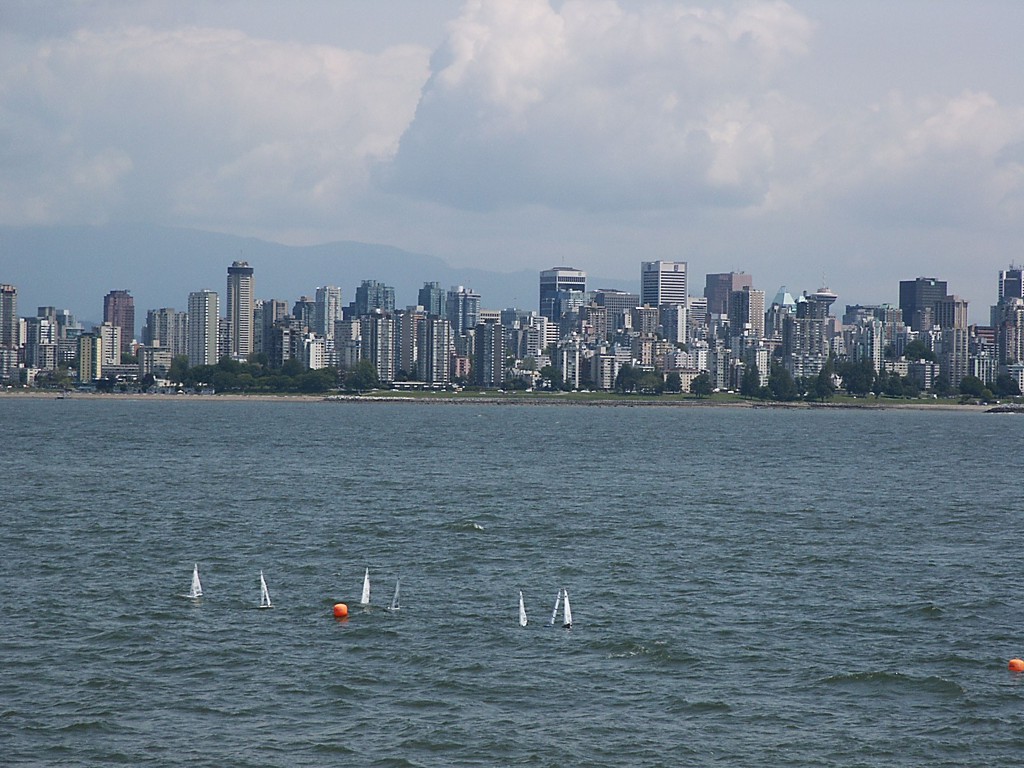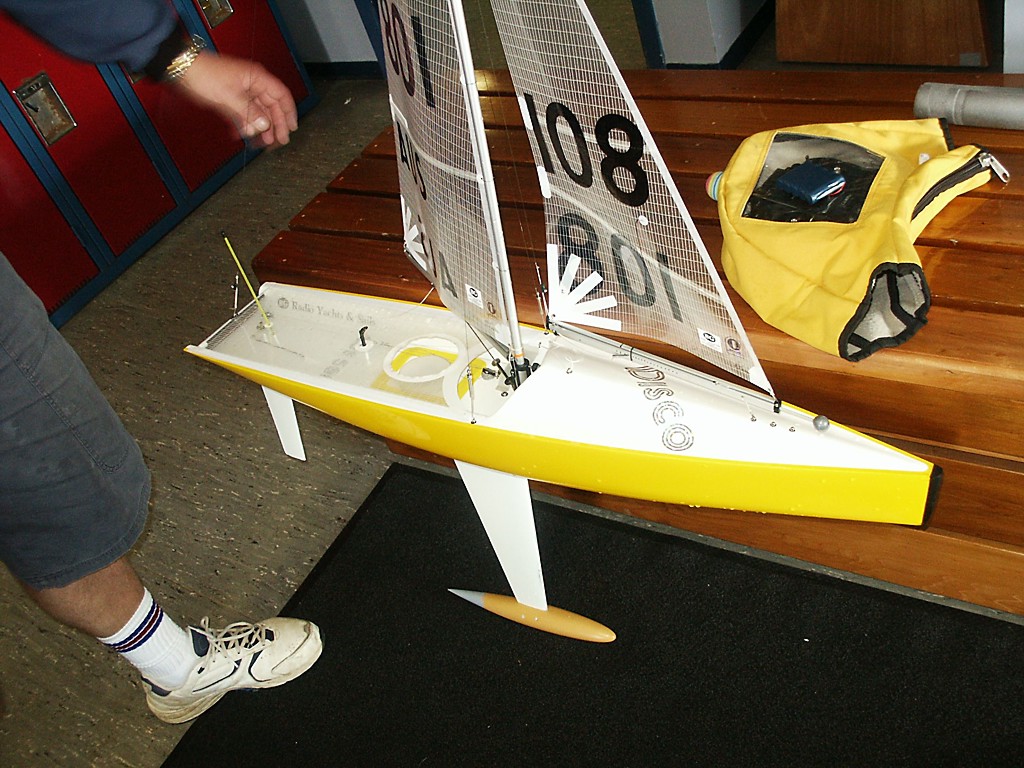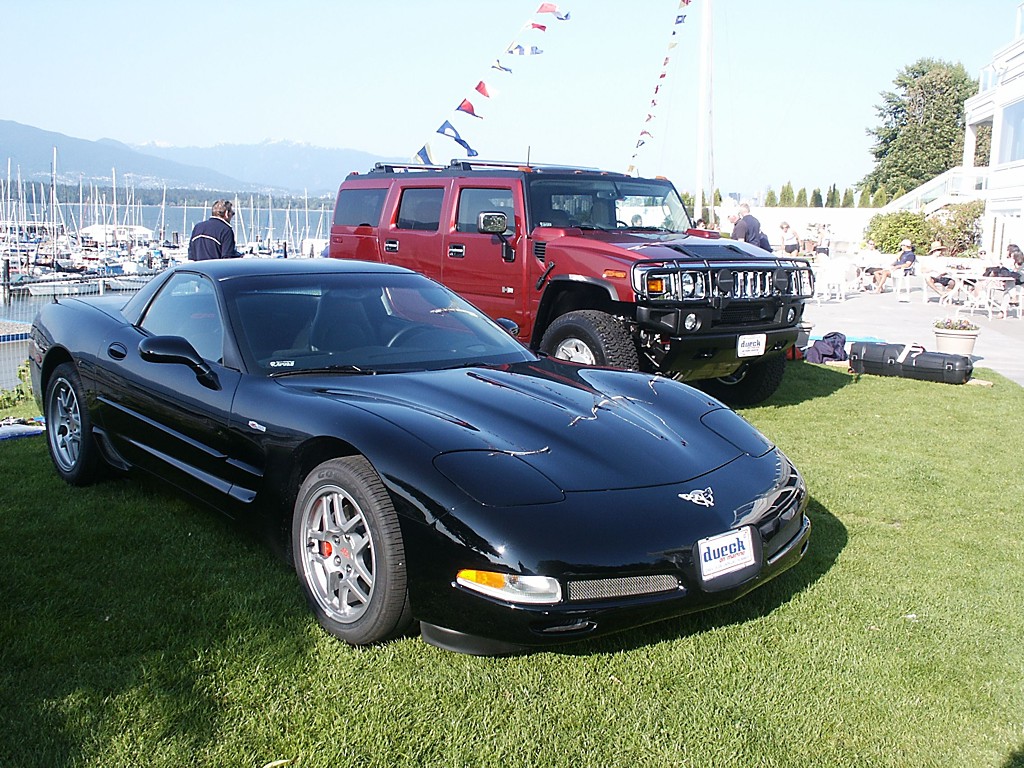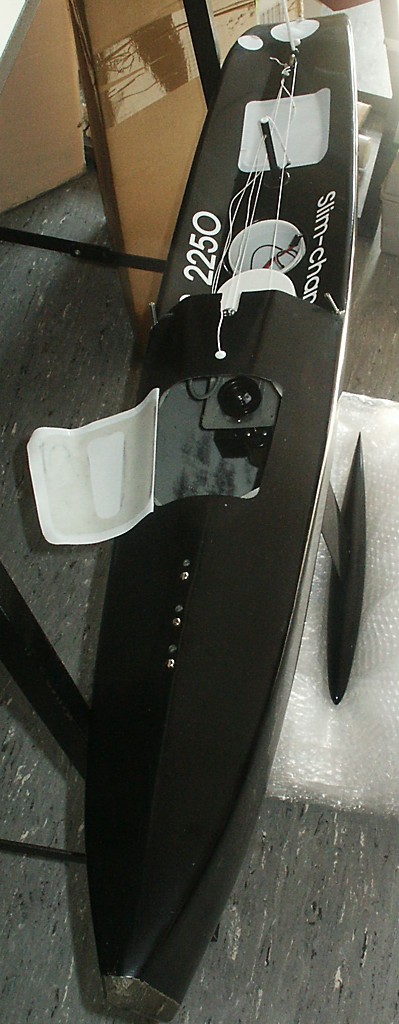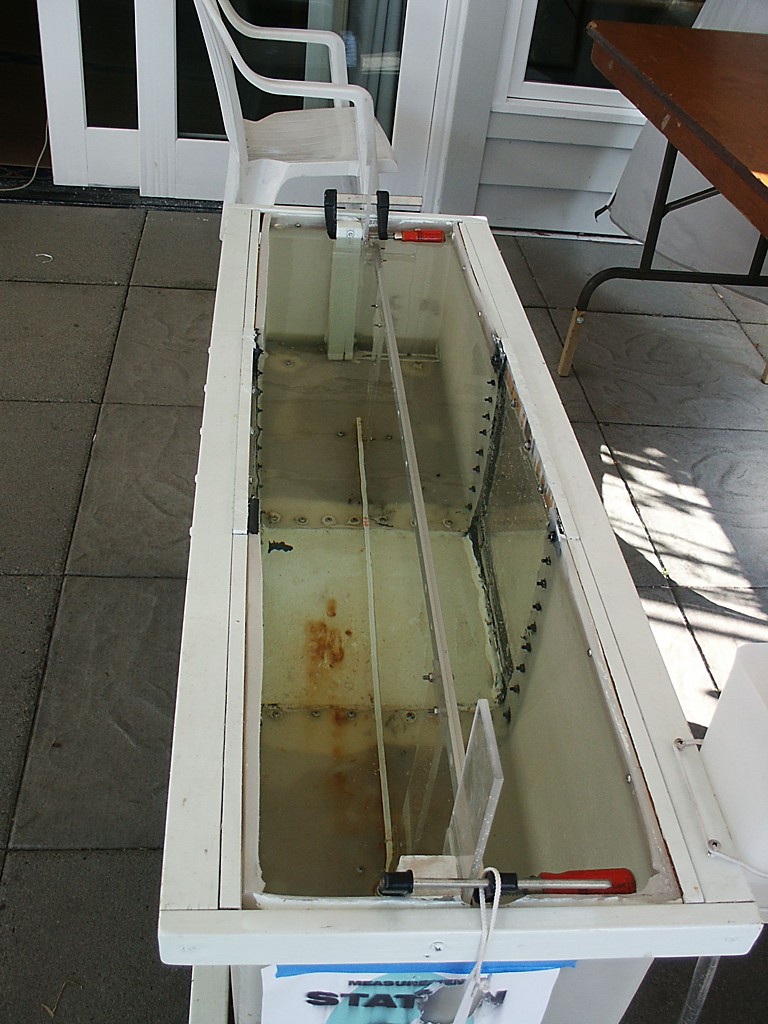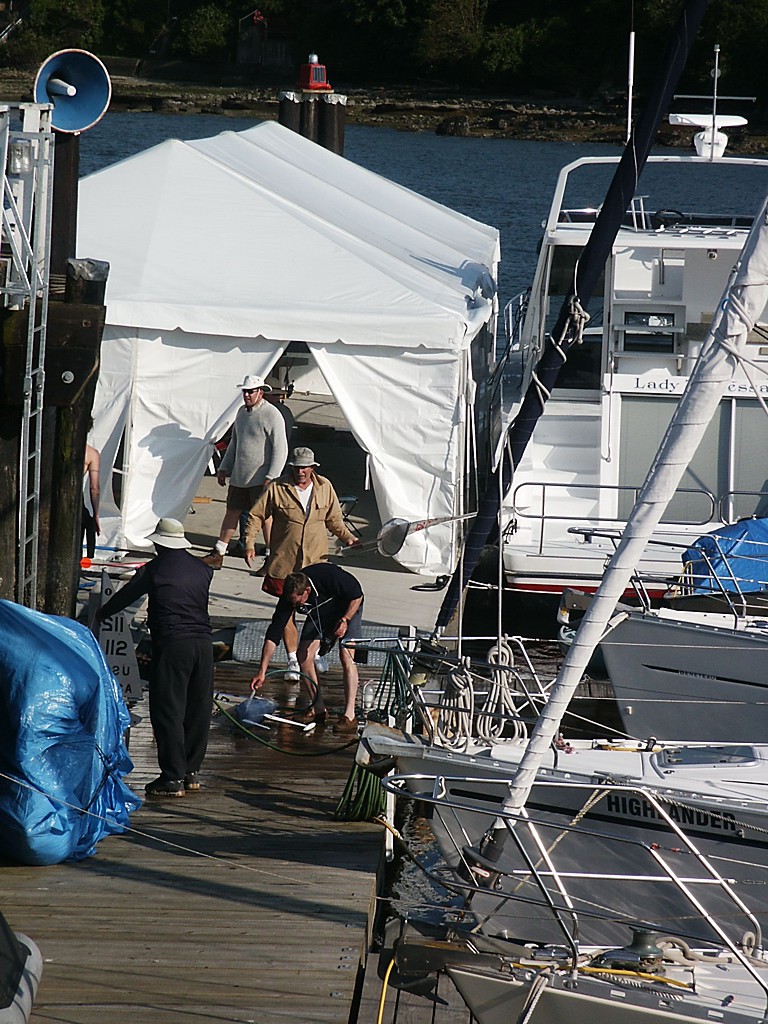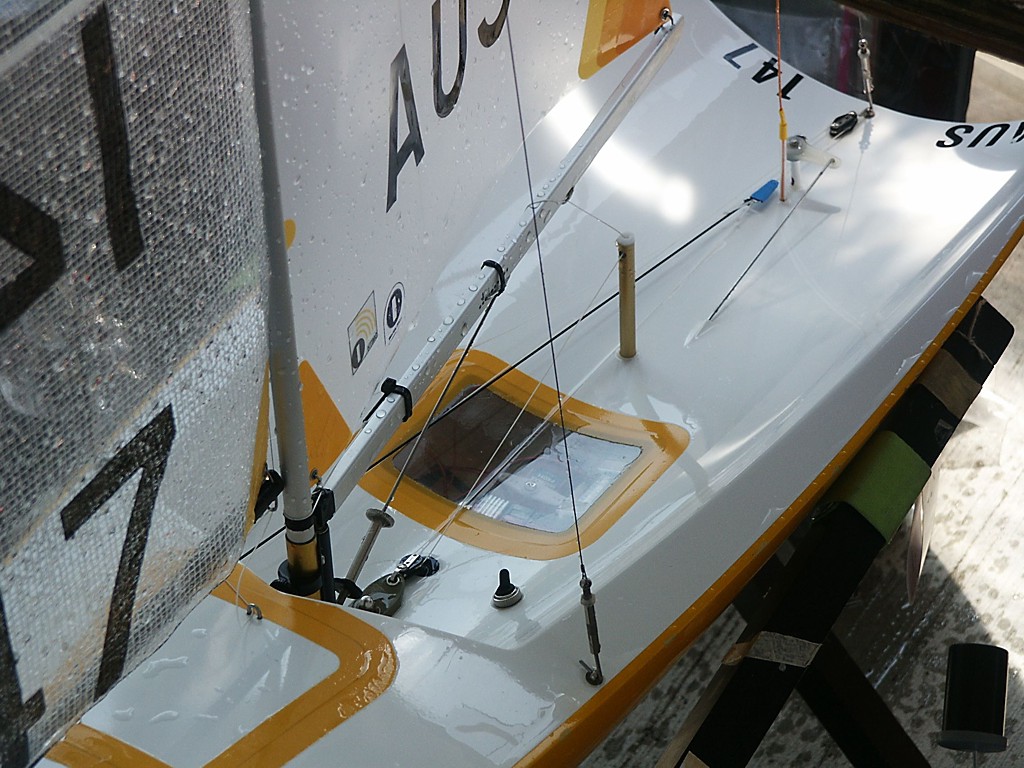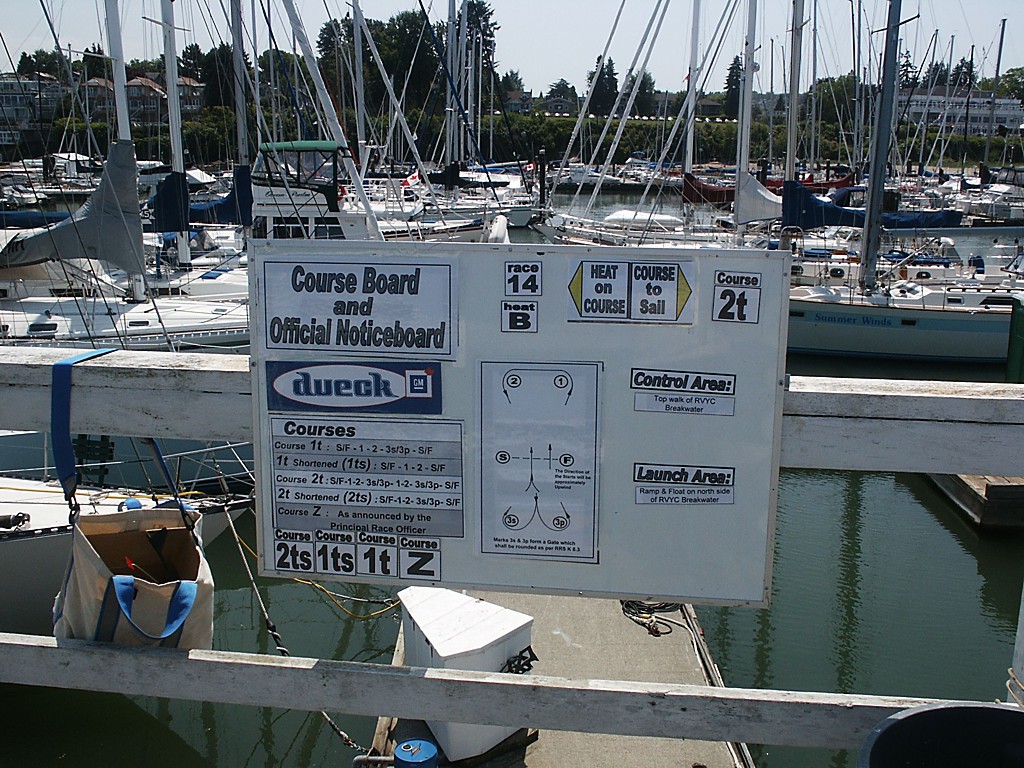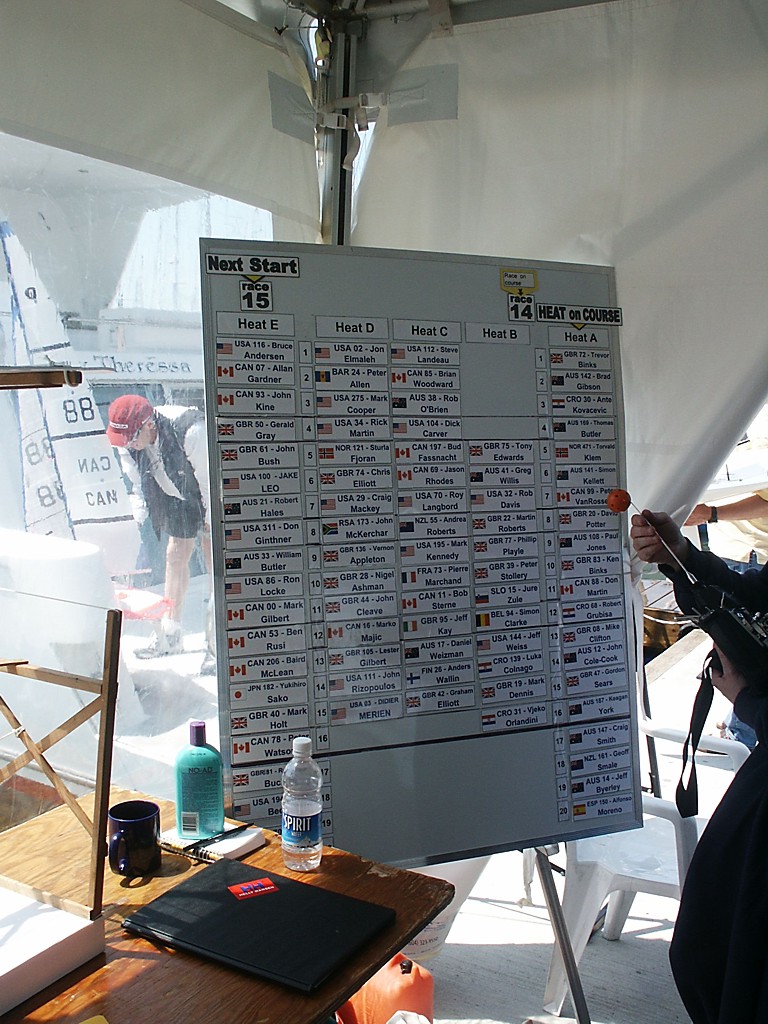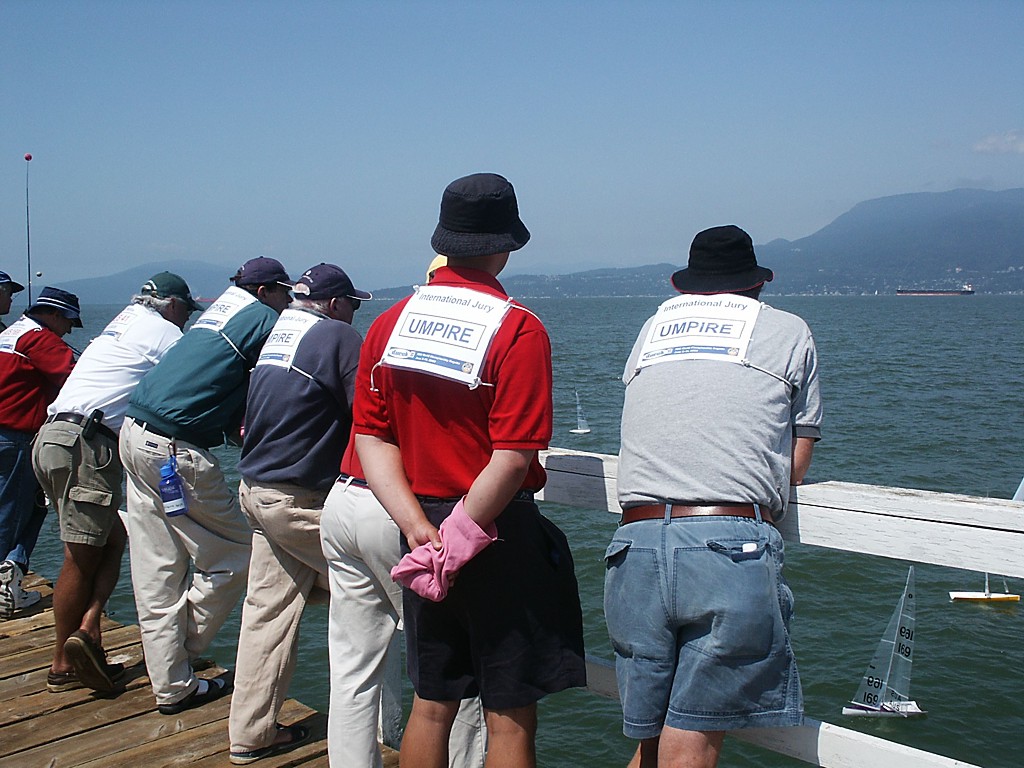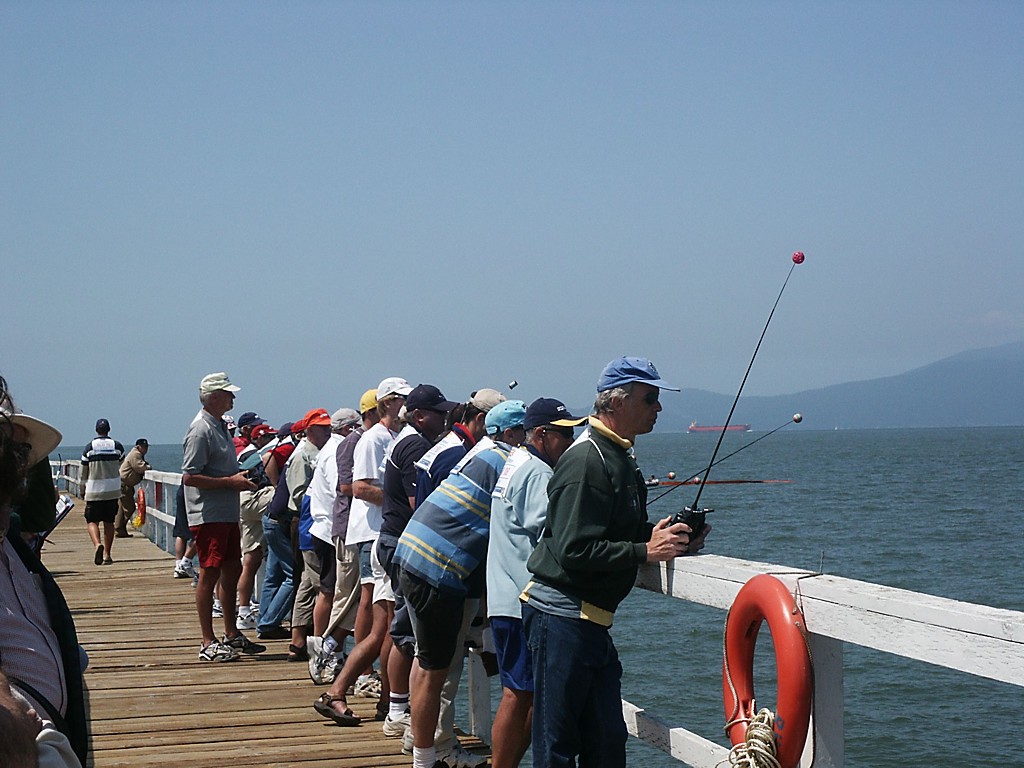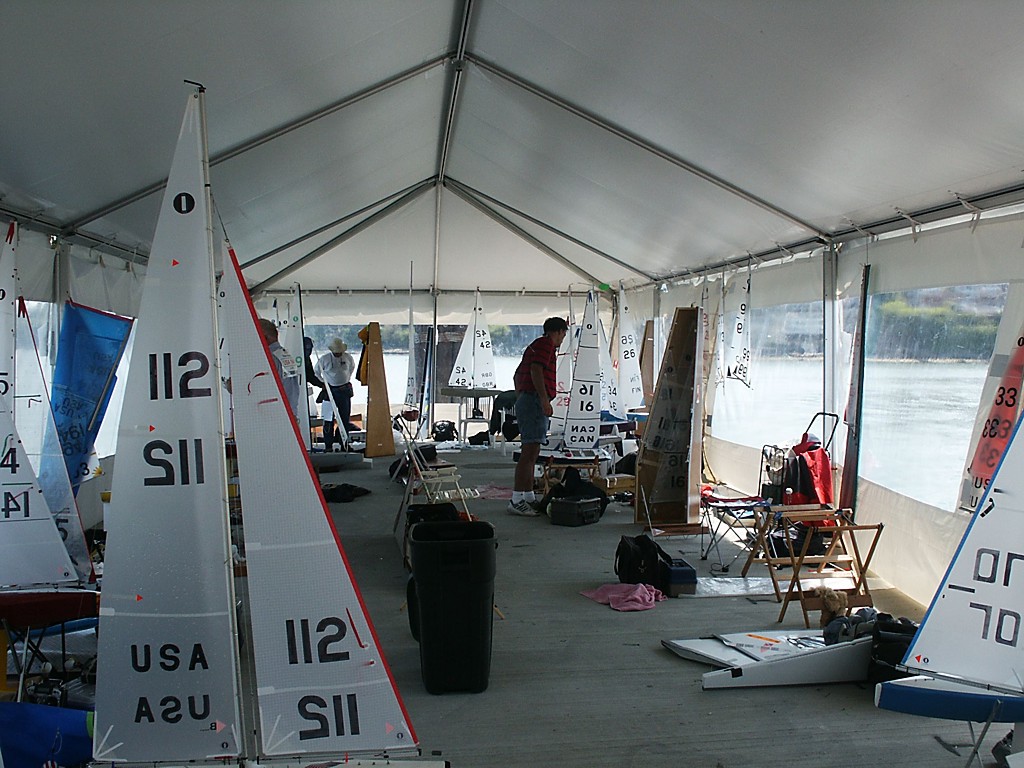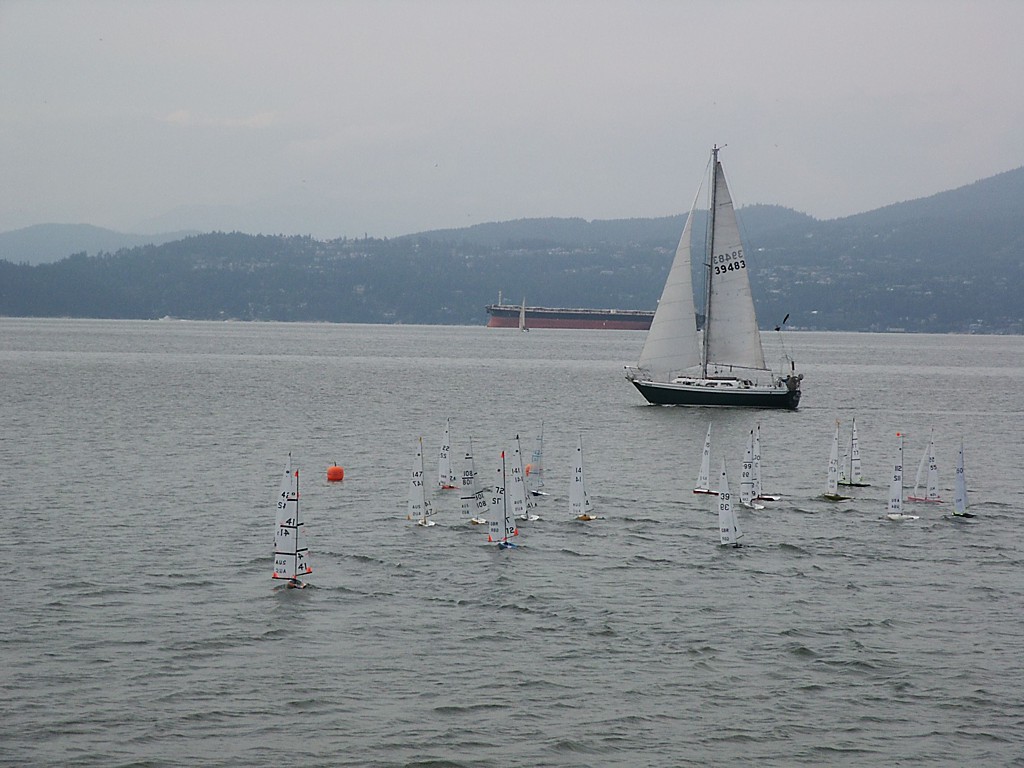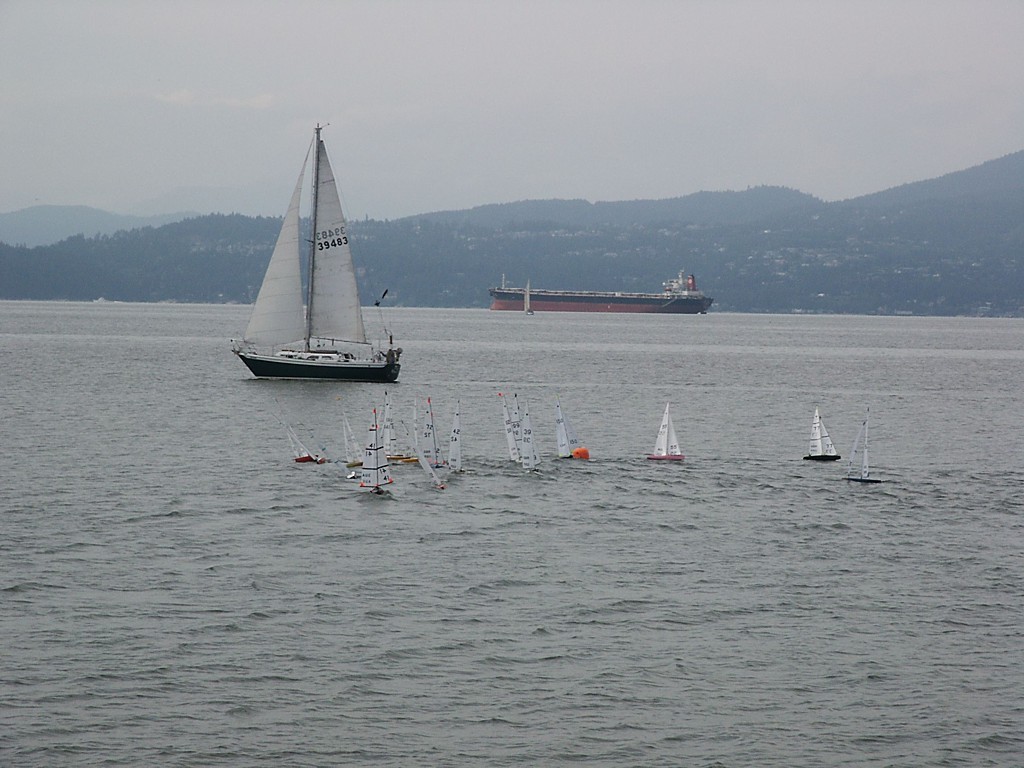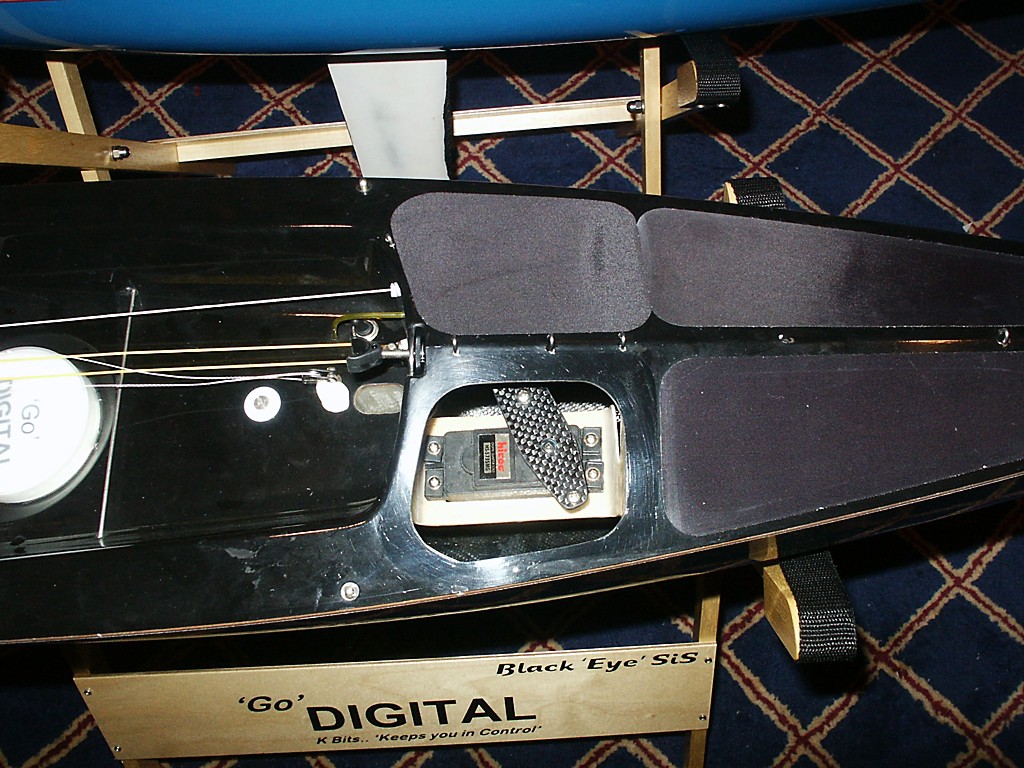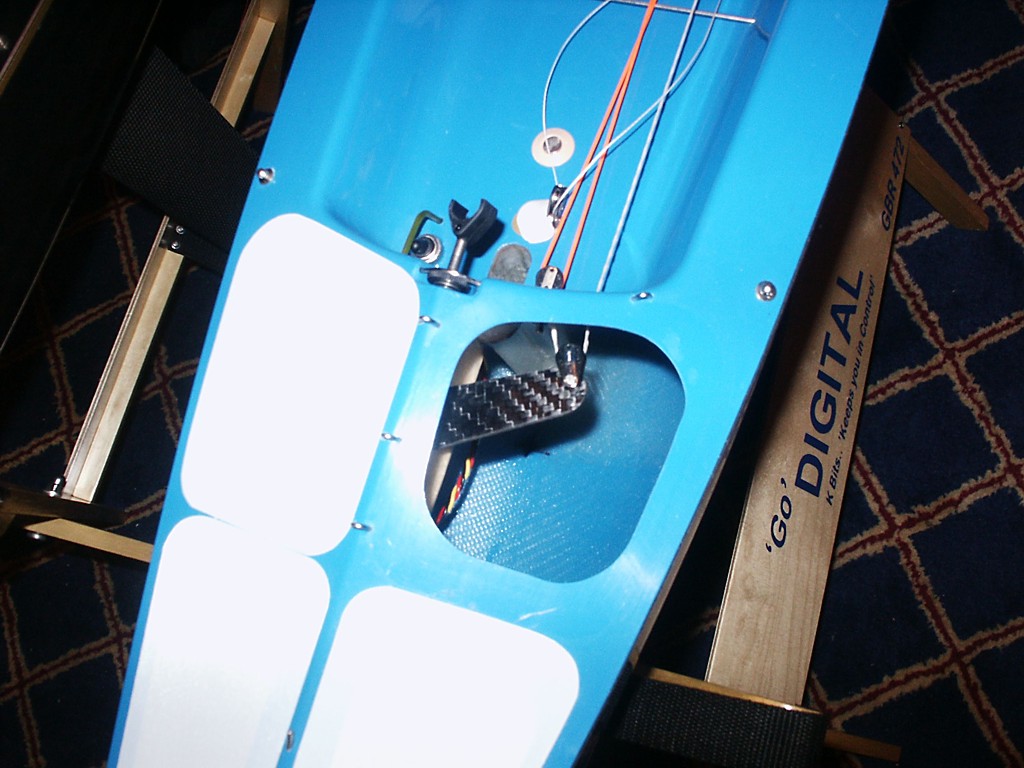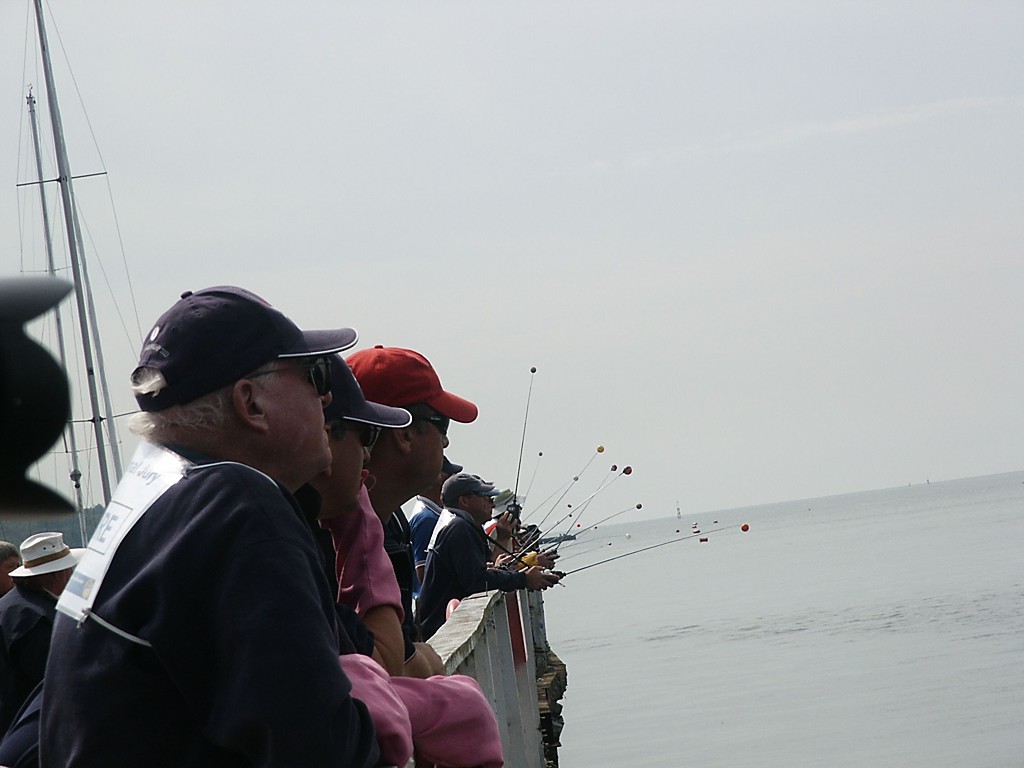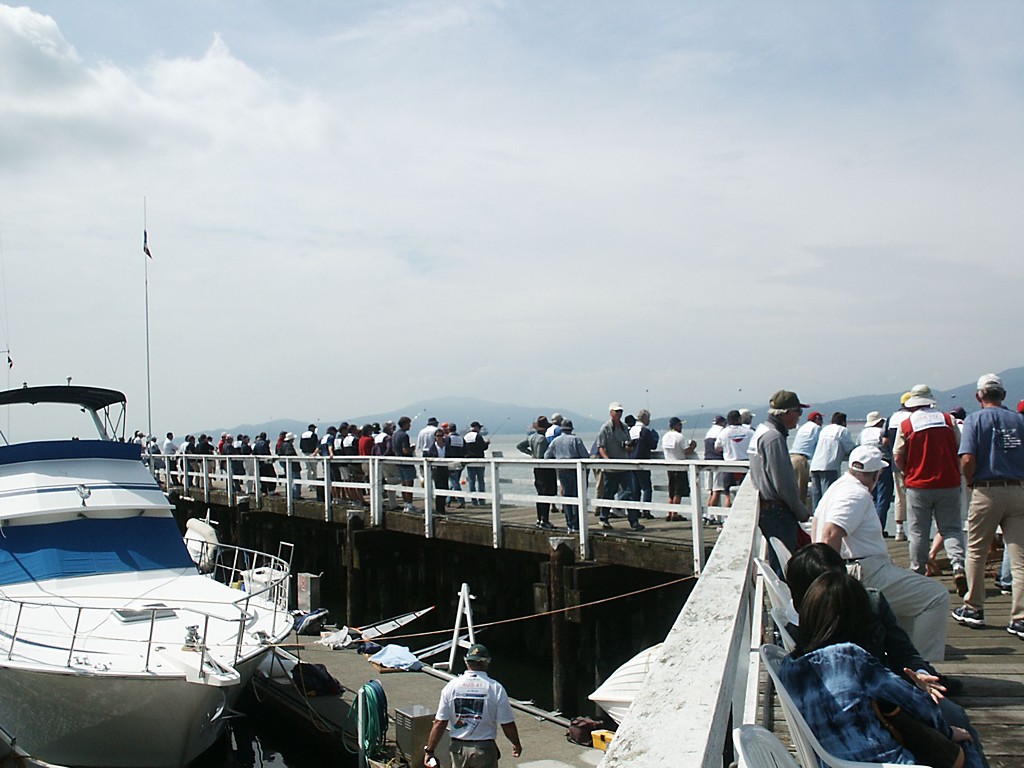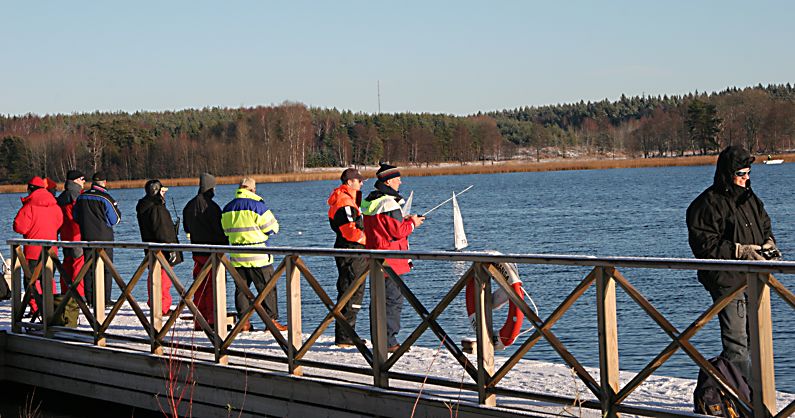
The four man strong IOM-Team Finland who competed at the nordics in Denmark and in Saltsjöbaden a couple of weeks ago took the trip over the gulf to sail at the last Swedish ranking event of the year.
Continue reading Swedish IOM Ranking 8
Category: IOM Events
Measuring the closeness of competition ?

I've been wondering if it is possible to measure the level of competition in IOM regattas. Here's one way to possibly do it. I've looked at the winning skippers net score and divided that with the number of races. So we can see that to win a world championship you don't have to win every race - an average score of around 4-7 will do !
The green dots are from various national championship scores I've found.
The red squares are nordic events - I see a clear increasing trend !
The blue dot's is our national Finnish ranking series - we see that there is still room for improvement.
Ofcourse this is not an ideal way of measuring the level of competition. If one single skipper takes command of most of the races the racing behind him/her might still be really fun... but I do think my plot shows something of the truth.
If anyone wants to send in results with the number of races sailed, the number of discards, and the winners points, I'd be happy to add them to this plot when I have time.
Update: Odd-Oivind Kure commented that what this really shows is not the level, but the 'closeness' of competition. That's true, so I've changed the title. (although from looking at the graph there definitely seems to be correlation between level and closeness).
2005 Nordic Cup 3: Saltsjöbaden, Stockholm

25 sailors from the nordic countries (DEN, FIN, NOR, SWE) gathered in Saltsjöbaden, just south of Stockholm, on the weekend of 15-16 October 2005 to sail in the third and final Nordic Cup event in the IOM class.
Continue reading 2005 Nordic Cup 3: Saltsjöbaden, Stockholm
2005 IOM Nordic Championships, Veddelev, Denmark
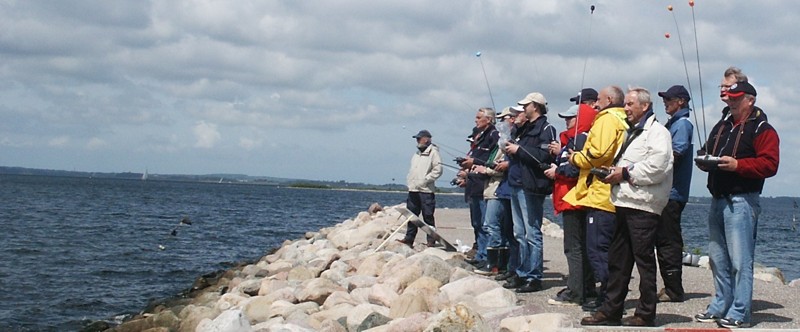
28 boats from three nordic countries(4 FIN, 8 NOR, and 16 DEN) gathered in Veddelev, just north of Roskilde, over the weekend of 11-12 June 2005 to sail for the Nordic Championships.
Continue reading 2005 IOM Nordic Championships, Veddelev, Denmark
2004 IOM European Championships, 7-17 October 2004, Arcos, Spain
IOM European Championships , Arcos, Spain
Here are some pictures from the event including short comments.

Continue reading 2004 IOM European Championships, 7-17 October 2004, Arcos, Spain
2004 IOM Nordic Championships, Risör, Norway

The first Nordic IOM Championships were held in the small town of Risör, ca a 2 h drive southwest from Oslo, Norway, during the weekend of 21-22 August 2004. 25 boats(3 FIN, 2 DEN and 20 NOR) in two heats using HMS completed 13 races during two days. The wind was variable in strength and very shifty on both days. Mostly no1 rig with the no2 rigs being used for a couple of races on Saturday.
Continue reading 2004 IOM Nordic Championships, Risör, Norway
2003 IOM Worlds Pictures (Vancouver, Canada)
Click images for high-resolution jpegs.
Royal Vancouver Yacht Club hosted the 2003 IOM World Championships.
A view of the marina. We sailed outside the high breakwater in the background.
Practice sailing on day 1 with downtown Vancouver in the background. Notice how tiny the IOMs look with a small ring when viewed from the breakwater!
The Discos sported an aft deck patch to prevent the 'NZL-effect'
The event sponsor had some nice cars on display parked just outside the yacht club!
Slim-chance, a UK design I had not seen before.
The measurement tank, with vertical bars for checking LOA, and horizontal bars for checking overall depth and hull depth.
During sailing we could store our boats in a tent on a pontoon at the end of the breakwater.
Craig Smith's TS-2.
The courseboard described the course and what heat was currently sailing.
At big events a heat-board like this is mandatory - it allows competitors and organizers to check in which heat a skipper is sailing.
Some judges. Note the 'umpire-red' glove! On the water judging worked really well at this event - partly I think due to the great visibility from the breakwater: both competitors and judges always had a clear view of what was going on. So more elevated control areas for international events please!
Sailors on the breakwater.
A view from inside the boat-storage tent.
All of the A-heat boats heading for the downwind gate...
and here we see the leaders have already rounded.
This was the event where the arm-winch made its breakthrough. Here's a view from one side of the Isis...
and here's the other side. This is Trevor Binks' boat, he won the event.
A local sea-creature.
See also:
- I wrote a report for Pienoismalli from the event.
- Event report in Marine Modeling International
- Royal Vancouver Yacht Club event homepage.
- Lester Gilbert's report.
